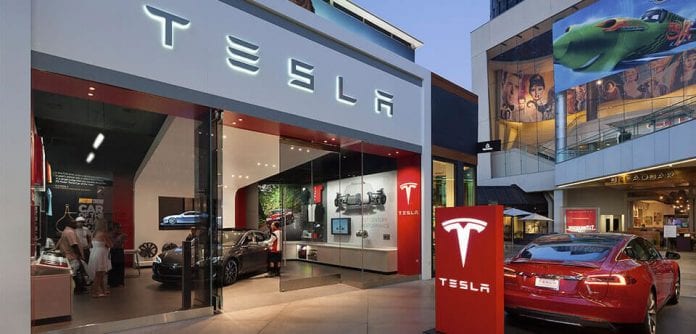Tesla Motors Inc (NASDAQ:TSLA), the electric car manufacturer headed by Elon Musk, announced that it delivered 17,400 vehicles including 17,192 Model S sedans and 208 Model SUVs during the fourth quarter of 2015.
For the full year 2015, Tesla delivered total of 50,580 vehicles. The electric car manufacturer met the low-end of its guidance for the fourth quarter and for the entire year.
The management estimated during the previous quarter that the company would be able to deliver 17,000 to 19,000 vehicles for the fourth quarter and about 50,000 to 52,000 for 2015.
Model X production
Early in the year, Mr. Musk forecasted that Tesla’s total vehicle deliveries would be around 55,000 units, but reduced it in the middle of the year due to constraints in supply components particularly the second row monopost seats— limiting the near-term ramp of Model X production and higher vehicle deliveries in the fourth quarter.
Tesla addressed the supply constraints by bringing the manufacturing of the seats in-house. The company’s daily production rate for the Model X vehicle was 238 units during the last week of 2015. According to electric car manufacturer, its production is accelerating exponentially.
In September, Mr. Musk estimated that 25,000 customers already pre-ordered the Model X online or in stores. The vehicle features “falcon wing” doors that open upward, can travel 250 miles on a single charge, and costs $144,000. Customers who will order the Model X from now will have to wait 8 to 12 months to receive the SUV.
Tesla prioritizes quality
“Q4 Model S deliveries were approximately 48% more than our prior quarterly record and approximately 75% more than Q4 last year. Model X deliveries are in line with the very early stages of our Model X production ramp as we prioritize quality above all else,” according to Tesla.
The electric car manufacturer clarified that it only counts a delivery if the end customer already received the vehicle and all paperwork is correct. The company said, “There may be small changes to this delivery count (usually well under 1%.”
“Our vehicle deliveries represent only one measure of our financial performance and should not be relied on as an indicator of our quarterly financial results, which depend on a variety of factors, including the cost of sales, foreign exchange movements and mix of directly leased vehicles,” according to the company.









